Nimtita Palace of Jalsaghar fame finally gets heritage tag
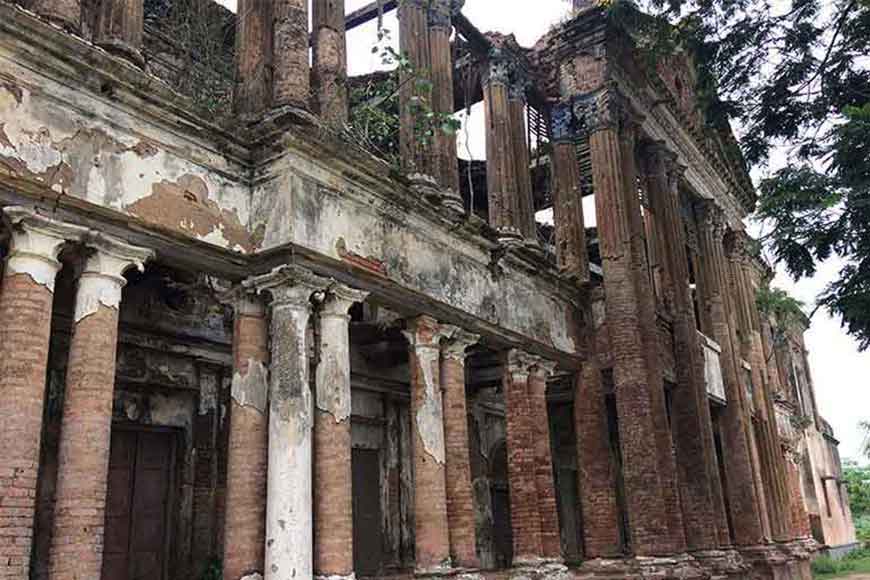
Here is good news for the residents of Suti, Murshidabad. The almost 200-year-old Nimtita Palace, immortalised by Satyajit Ray’s Jalsaghar, has finally received the heritage structure tag from the West Bengal Heritage Commission. This will ensure that the location will be developed as a tourist spot, and the palace or Nimtita Rajbari, currently in a dilapidated conditio, will be properly restored.
As Arupesh Biswas, a resident of the area says: “We are all ecstatic at the news because the locals have long been demanding this tag. Now we can expect this area to develop as a tourist spot, which will attract revenue and create jobs for locals. The main source of livelihood here is ‘bidi' binding, which is a cottage industry. If tourism is developed in the area surrounding the Nimtita palace, it will be great for us.”
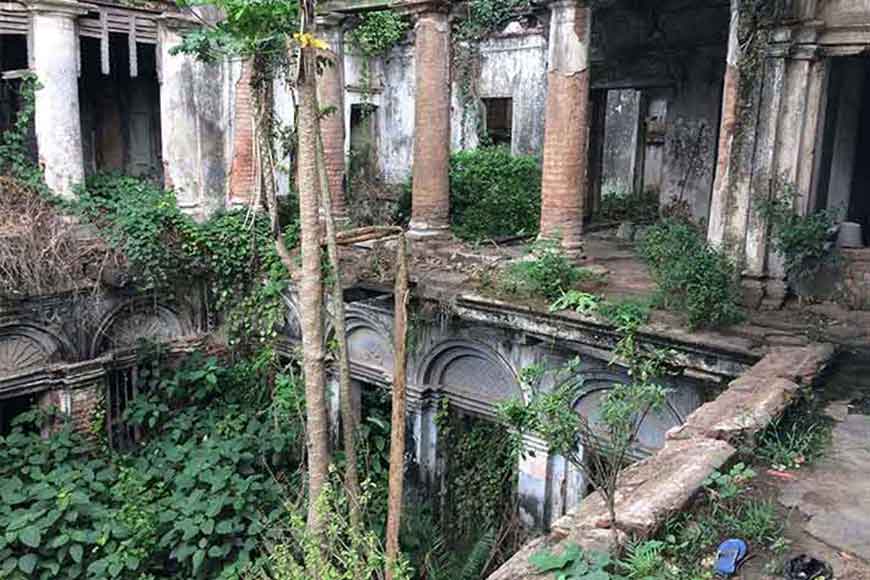
Local school teacher Sisir Das is happy too, but has a word of caution. “It is indeed a good move, but many parts of the palace have already been buried in the river. Large mudslides caused by erosion of the riverbank and flooding have destroyed important parts of the main structure of Nimtita Palace, like the famous Hindu Theatre Hall.”
True to Das’ words, a dilapidated structure stands as testimony to the rich and glorious past, with the ruins of a grand terrace, a staircase full of weeds, and rickety bricks jutting out on to the banks of the mighty Ganges. This is the mansion in which the protagonist of Jalsaghar lost his wealth, his family, but not his pride. Even today, the breathtaking architectural grandeur of the remaining structure instils awe.
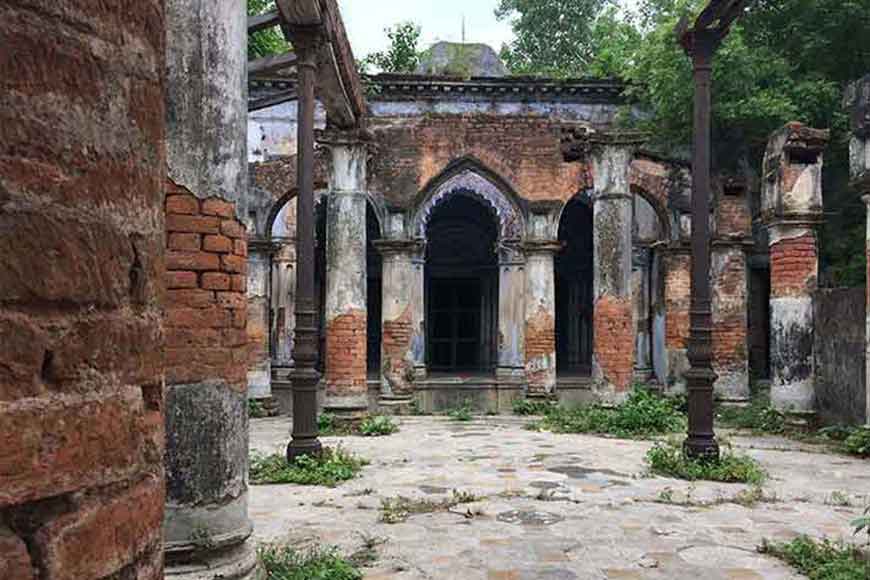
Brothers Goursundar and Dwarakanath Chowdhury built the vast and marvellous mansion almost 180 years ago. Immensely wealthy businessmen, they had intended the palace to display their success and their grandeur. During Holi, the family hosted jatra-pala (folk theatre) for a fortnight every year, while news of the splendour on display during the annual Durga Puja spread far and wide. The brothers were also patrons of theatre. For Dwarkanath’s son Gyanendranath’s wedding, an entire troupe from Calcutta’s renowned Star Theatre was invited to perform at the palace.
Again, when iconic actor-director Khirod Prasad Vidyavinod visited Nimtita Palace, the zamindars built Nimtita Rangamanch (theatre hall) on the lines of public theatre halls of Calcutta, in honour of the occasion. Many famous artistes, including the legendary Sisir Kumar Bhaduri, would perform on this stage. But all these are memories of a glorious past. The rangamanch was destroyed during a massive flood in 1944. This was also the beginning of the gradual decay of the edifice. As decades went by, the erosion continued and now, the palace is in grave danger of a total collapse.
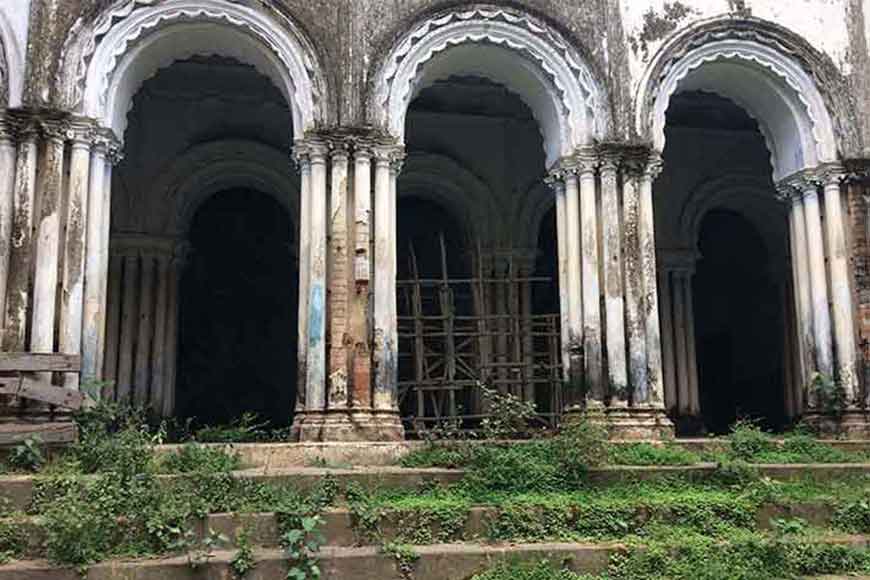
After Jalsaghar (1957), Ray went back to Nimtita to shoot two more films, Debi (1959) and Samapti (1960). The grandeur of the palace is still alive in the frames of these three films. However, the descendants of the family are all based in Kolkata and only visit Nimtita during Durga Puja, an annual family tradition. The condition of the 'Thakur Dalan' (the courtyard earmarked for Durga Puja) is comparatively better than the other portions and seems to bridge the gap between the past and present. But for how long this heritage will survive is not known. At high tide, the river laps at the courtyard of the palace.
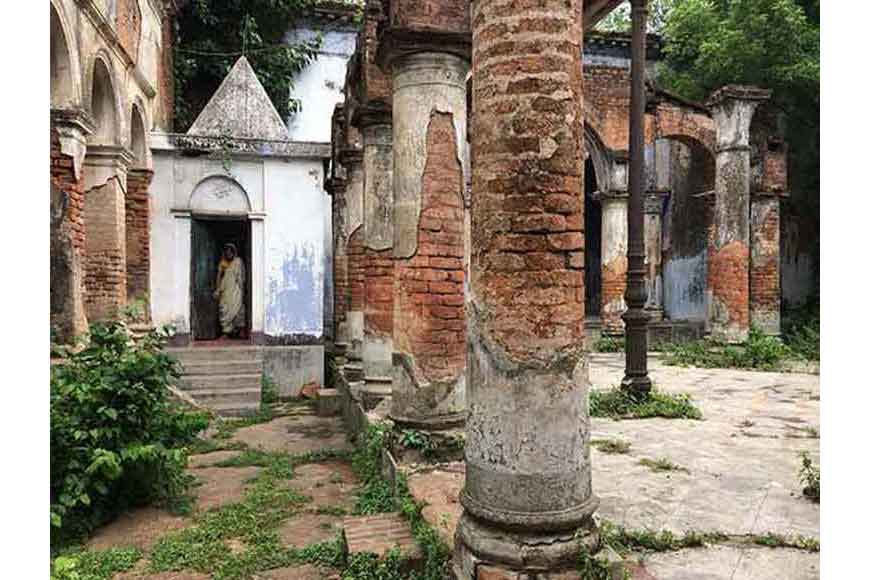
The scenic beauty of the surrounding area is as stunning as the rajbari itself. Standing on almost 200 kathas (14 acres) of land, the palace has lost not only its theatre to floods, but also a major part of its courtyard, its gardens and the guest houses surrounding the palace where guests of the zamindars would stay. While it is uncertain how much of that can be recovered, perhaps what remains can be adequately protected.










